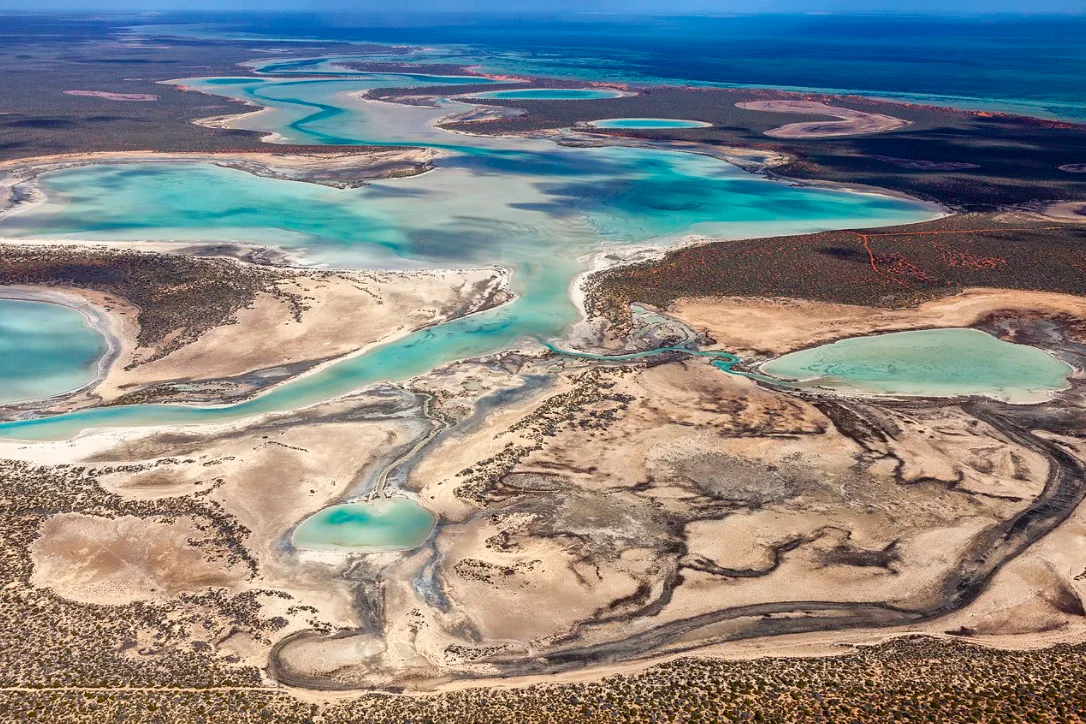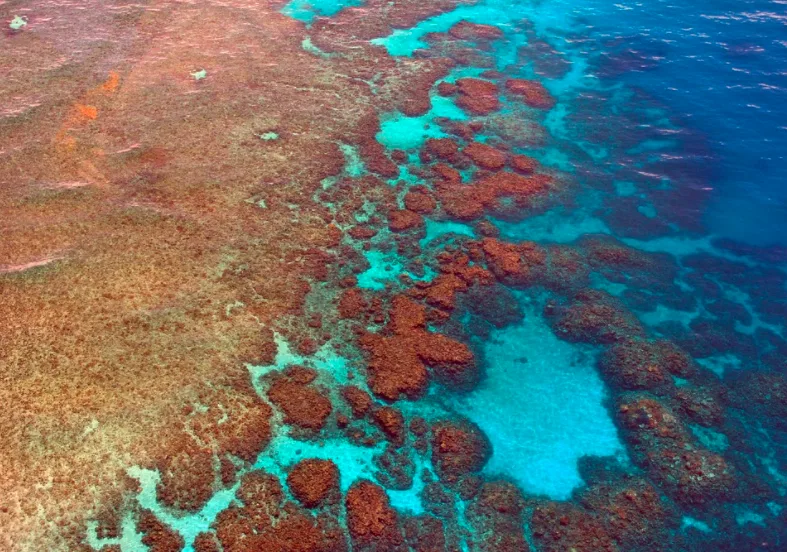
World's largest carbon stores found in Australian World Heritage Sites
UNESCO’s report warns degrading these environments could release billions of tonnes of carbon dioxide and other greenhouse gases
While the intrinsic value of lush marine ecosystems is undeniable, scientists are racing to save these areas for a different reason — the vegetation stores billions of tons of greenhouse gases and if they are released, it could have a staggering impact on global temperatures. A report from the United Nations Educational, Scientific, and Cultural Organization (UNESCO) states that six marine World Heritage Sites in Australia are among the largest carbon stores on Earth and reinforces the need for greater conservation efforts.
Out of all the UNESCO sites, 40 per cent of the world’s carbon that resides in mangrove, seagrass, and tidal marsh ecosystems are stored in six Australian sites, which cover just 0.57 per cent of the Earth’s surface. These types of marine and coastal ecosystems are what scientists call “blue carbon ecosystems,” and are some of the largest carbon sinks on the planet because the decaying plant material stores the carbon in its biomass and soil, preventing it from escaping into the atmosphere.

Shark Bay, Australia. Credit: Bruce R. Mitchell/ Wikimedia Commons (CC BY-SA 4.0)
While forests and terrestrial ecosystems are the first examples that many think of when picturing carbon sinks, scientists have discovered that blue carbon ecosystems are essential for managing the changing climate. Oceans are one of the largest carbon sinks on the planet and roughly half of the carbon they capture are courtesy of the plants in blue carbon ecosystems, such as algae. These plants also help improve water quality, create a healthy habitat for thousands of different species, and reduce coastal wave energy, which minimizes the impacts of storms and other extreme weather events.
UNESCO’s World Heritage List features “the world’s most iconic marine protected areas, recognized by the international community for their outstanding biodiversity, beauty, geology and natural habitats.” The World Heritage areas in Australia that contain the highest stores of carbon include the Great Barrier Reef, Ningaloo Coast, and Shark Bay.

Great Barrier Reef, Australia. Credit: Pixabay
Despite the international recognition and current conservation efforts, UNESCO’s report says that these areas have experienced an increasing amount of strain from the changing climate. For example, a marine heatwave in 2011 caused widespread seagrass loss in Shark Bay, which released up to nine million tons of carbon dioxide.
Seagrass is one of the many plants that researchers say are critical for maintaining healthy marine environments due to their extensive ecosystem services, such as trapping tiny bits of plastic and washing them ashore.
In addition to being easily disturbed by abnormally warm temperatures, blue carbon ecosystems are susceptible to human development due to their pristine conditions, stunning views, and abundance of natural resources. If the soil and vegetation at these sites are disrupted, or if they are not properly managed and protected, blue carbon ecosystems can become a massive source of carbon emissions, the UNESCO report warns.
“If these habitats are disturbed, billions of tons of carbon dioxide and other greenhouse gases such as methane are at risk of being emitted to the atmosphere.” The release of the five billion tons of carbon dioxide that are stored in UNESCO marine World Heritage sites and their immediate surroundings would increase annual greenhouse gas emissions by roughly 10 per cent.
The report outlines several recommendations to protect blue carbon ecosystems, one of which highlights the potential for a global carbon trading market to fund conservation and restoration efforts.
Thumbnail credit: Maico Presente. Moment. Getty Images.







